
Written by Laurie Black
Laurie Black, director of Early Childhood Alliance Onondaga, tells us how the organization introduced a service to the region that helps parents ensure their children are developing to learn.
Most new parents at one point or another wonder if their child is developing on a “normal” pace compared to other children of the same age. It is common for them to question, “Is my child on-track?”
While it is true that all children develop at their own pace, it is also true that there are stages of development that occur at certain ages across the domains of motor, communication, problem solving and social emotional development. Achieving various benchmarks of development in the early years is what we call meeting “developmental milestones.” Developmental milestones provide a general idea of the changes to expect as a child grows. It is important for parents to know what to expect and what to look for in order to identify potential delays in development. Delays that go undetected in early years can lead to more significant developmental challenges later in life. These challenges can make it hard for children to learn in school and go on to lead productive lives.
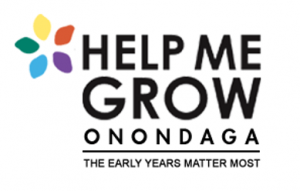
The Need for Help Me Grow
It is estimated that 1 in 5 children are at risk for one or more developmental delays and those rates increase with high levels of poverty. Unfortunately, only about 20% of development delays are detected within the first three years of life, leaving many to turn into health, educational and achievement difficulties.
According to the CDC, early, frequent screening of young children for healthy growth and development is recommended to help identify potential problems or areas needing further evaluation. By catching developmental issues early, children can be provided with treatment or intervention more effectively, and additional developmental delays or deficits may be prevented.
Source: Birth to 5: Watch Me Thrive- Compendium of Screening Measures for Young Children
In Onondaga County, 24% of children live in poverty1 and only 38% were reading at grade level by 3rd grade in 2018.2 In the city of Syracuse, those numbers are even more alarming. Here, approximately 50% of children live in poverty,3 fewer than 20% enter kindergarten assessing as “ready” in the literacy domain4 and by third grade only 20% are reading on grade level.5 A strong educational foundation between pre-kindergarten and third grade correlates to school success, high graduation rates and low instances of juvenile crime and teen pregnancy.
Given our community’s high rates of poverty, it is likely that even greater levels than one in five children are experiencing developmental delays and would benefit from formal interventions or supports in the first five years of life.
That is why Early Childhood Alliance Onondaga brought Help Me Grow to Onondaga County.
Help Me Grow – Part of The Solution for Optimal Child Development
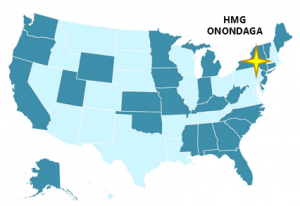
Help Me Grow (HMG) Onondaga officially launched in January 2019 with funding support from the Health Foundation for Western & Central New York and in partnership with 2-1-1 CNY. Callers can ask to speak with the Help Me Grow Care Coordinator to get answers to any of their child development questions. Parents and caregivers can ask questions about parenting, child behavior, child development or the location of services that exist within the community. At Help Me Grow Onondaga, we like to say “no question is too big or too small.”“Help Me Grow” is an evidence-based national model designed to increase the understanding of child development and improve rates of screening and timely linkage to services for young children and their families. Help Me Grow is being implemented in over 100 communities in over 30 states due to its ability to effectively link families to an array of early supports that promote optimal child development.
Parents can also access free developmental screening questionnaires on the Help Me Grow website at: http://www.helpmegrowny.org. We encourage all parents, whether they are concerned about their child’s development or they think all things are developing on track, to complete the questionnaires so that they can monitor their child’s development over the first five years of life. If a child was not meeting their milestones for their age, a parent would be encouraged to talk with their child’s doctor and Help Me Grow would work with that parent to explore resources available to them in the community and share some tips for supporting their child’s development in the home.
Since we launched in January, we have had many parents call us at 2-1-1 concerned about their child’s development. Many parents need help navigating the diverse and sometimes confusing array of services available. The overarching goal of Help Me Grow is to effectively link families to services that meet the child’s and the family’s needs.
Parents and caregivers play a pivotal role in fostering an environment in which children are able to thrive, eventually developing into healthy adults. Help Me Grow Onondaga is designed to support parents in their role. Our goal is to inform and empower all parents with the knowledge they need to best support the optimal development of all children in Onondaga County. If parents have any concerns or questions, we hope that they will reach out to us by calling 2-1-1 and asking for Help Me Grow.
By catching development delays early, Early Childhood Alliance Onondaga is ensuring that our region’s children are entering school ready and able to learn. And with a strong education, our future citizens and workforce can become economically stronger and more civically engaged, which benefits all of us.
More Information
Parents of children birth to five are encouraged to explore the following free resources:
- The Learn the Signs. Act Early Milestones Moments booklets and the CDC Milestones Tracker App included in the Birth to 5: Watch Me Thrive! Resources support providers and families in developmental monitoring. The Milestones Moments booklets describe developmental milestones from 2 months to 5 years in the areas of social/emotional, language/communication, and cognitive (learning, thinking, problem-solving) development, and provide suggested activities to support children’s development, as well as information on when to act early talk to the child’s doctors about concerns.
- The CDC Milestones Tracker App The new app offers interactive milestone checklists for children ages 2 months through 5 years, illustrated with photos and videos, as well as tips and activities to help children learn and grow, information on when to act early and talk with a doctor about developmental delays, and a personalized milestone summary that can be easily shared with the doctor and other care providers.
Source: Birth to 5: Watch Me Thrive
Source: Center for Disease Control – www.cdc.gov/ActEarly
Sources
- US Census, American Community Survey, 2017
- New York State Education Department, New York State Report Card, 2018
- US Census, American Community Survey, 2017
- Syracuse City School District, STAR Assessment, 2018
- New York State Education Department, New York State Report Card, 2018

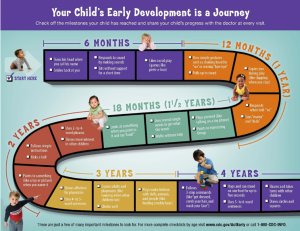

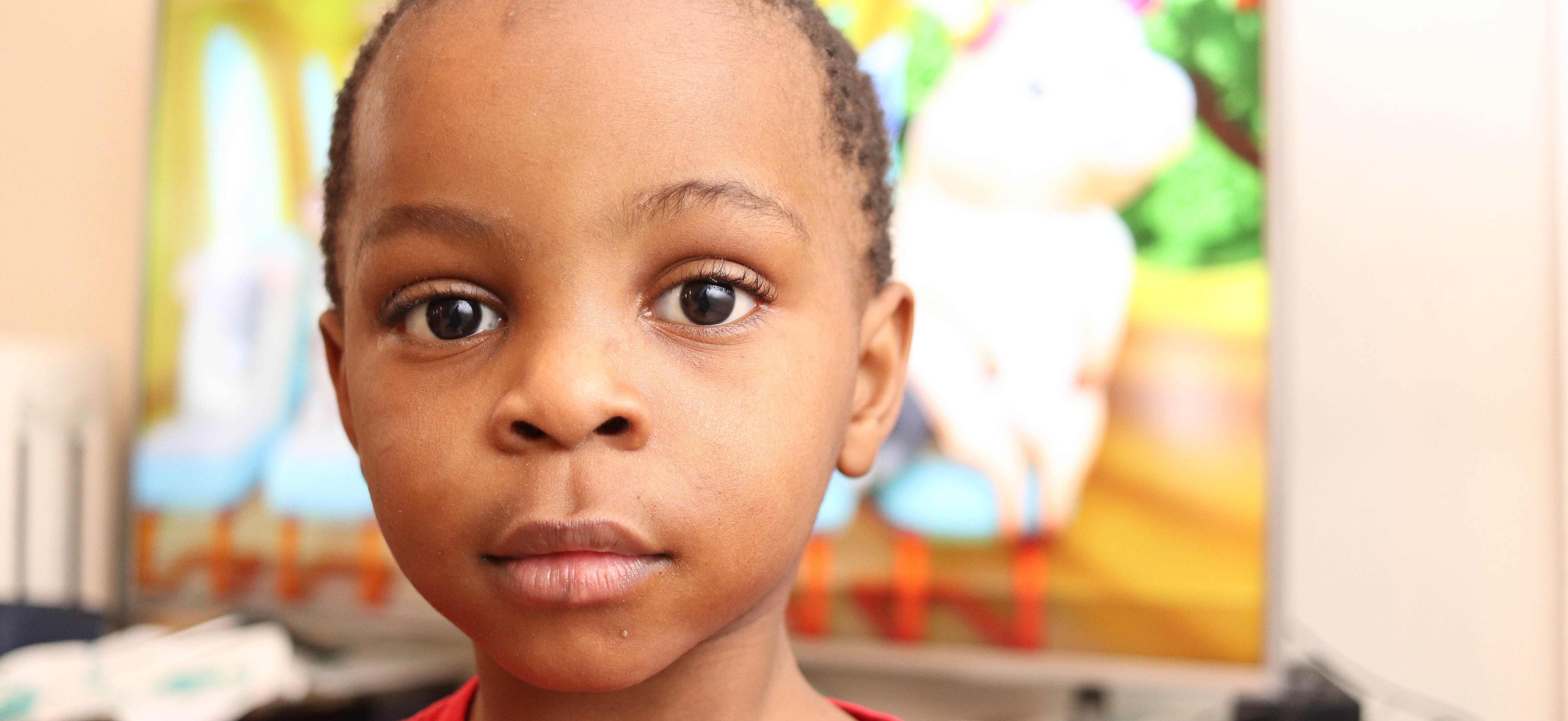





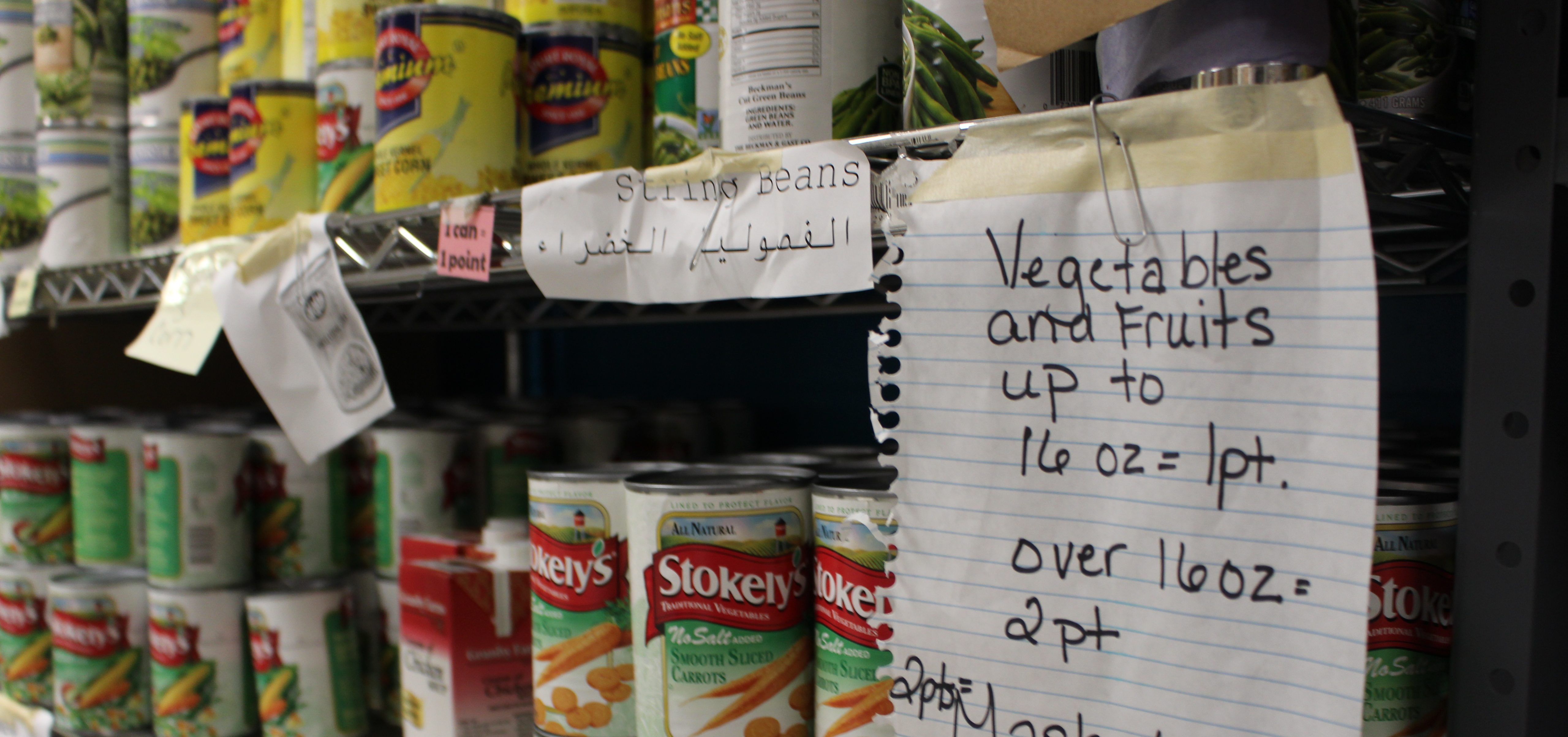
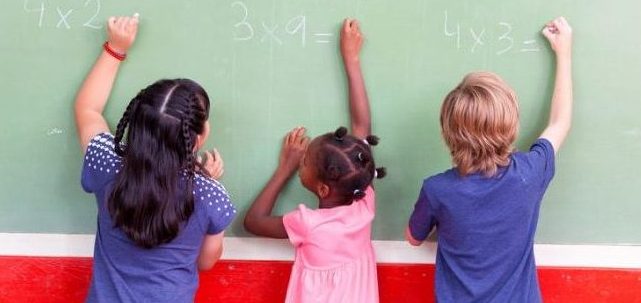


Recent Comments